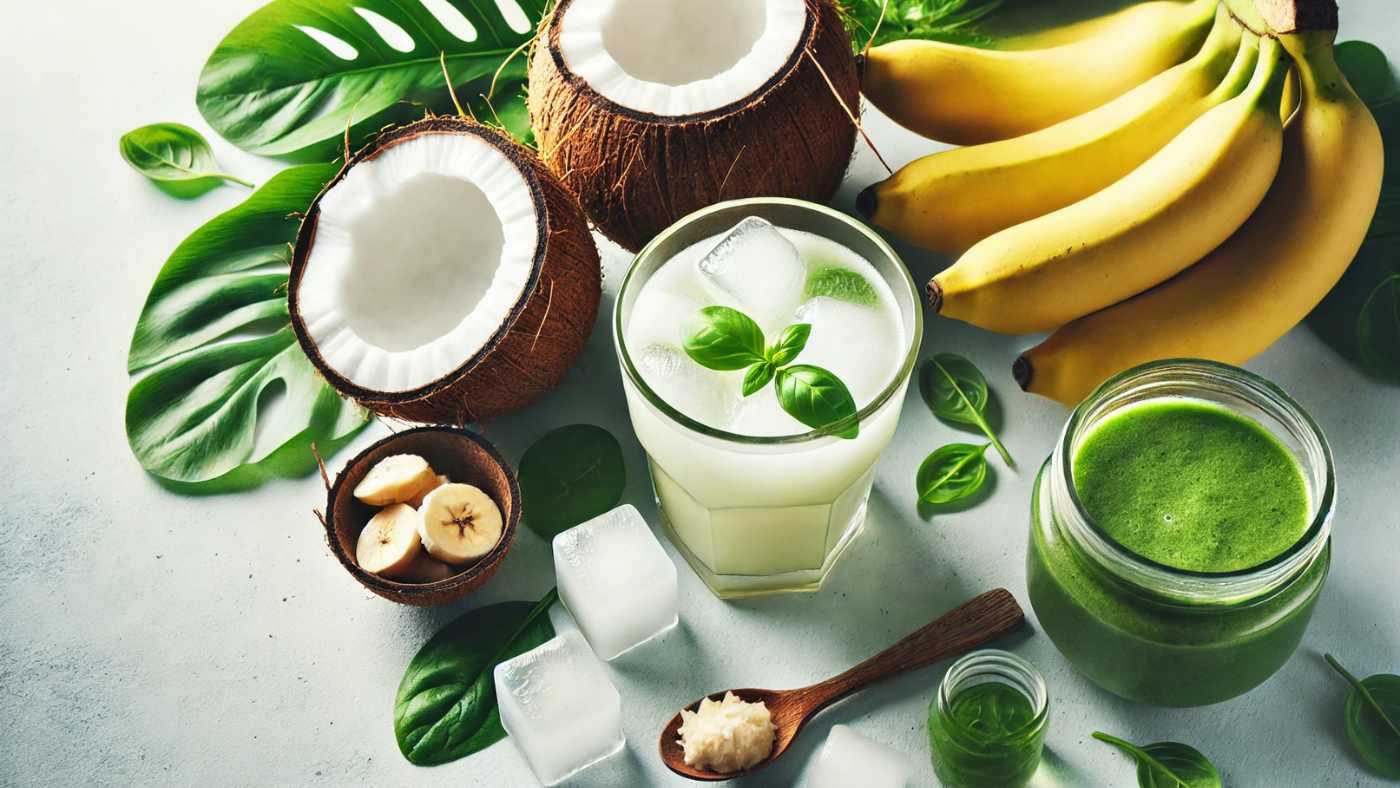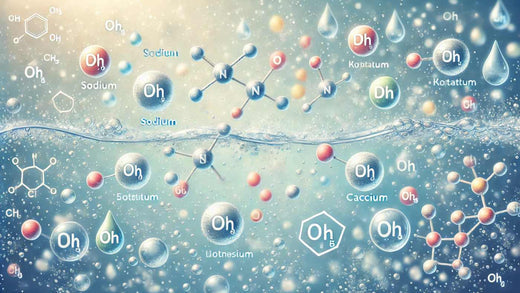Wild Content
-
Stress is a familiar friend in the modern world, and as you have pointed out, it is interconnected with health. The first known stress hormone, cortisol, is crucial in the body's stress response. But if cortisol is high for a...
-
The thyroid gland is another that works effectively in producing hormones in the body and is used in metabolism and moods. Nonetheless, thyroid disorders are a rising concern and affect a large population of the global population. Ashwagandha is a...
-
As for the natural ingredients in skincare, they are on the rise, and ashwagandha is no exception. Ashwagandha is a plant used as an adaptogen and has been part of Ayurvedic medicine for thousands of years. We all know that...
-
The desire to find natural products that enhance the immune system has brought ashwagandha, an herb with a unique immune system-boosting potential, into the limelight. Ashwagandha, a popular herb in traditional Ayurvedic medicine, is an adaptogen that aids the body...
-
Abstract Summary Objective: This study investigates the effects of a high-protein, animal-based diet on muscle mass, strength, and overall health markers in resistance-trained individuals. Context: The carnivore diet, which emphasizes exclusive consumption of animal products, has gained popularity among athletes...
-
Abstract Summary Objective: This study investigates six primary methods for cooking chicken thighs, evaluating each for flavor, texture, nutrient retention, and ease of preparation. Context: As a popular protein choice, chicken thighs lend themselves to a variety of cooking techniques,...
-
Abstract Summary Objective: This study examines the effects of Tribulus terrestris supplementation on testosterone levels, physical performance, and sexual health in individuals, assessing whether it can truly enhance these aspects as commonly claimed. Context: Tribulus terrestris, a plant widely used...
-
Abstract Summary Objective: This study explores the effects of consuming beef organs on male hormonal health, particularly focusing on testosterone levels, energy, and overall vitality. Context: Beef organs, including liver, kidney, heart, and spleen, are rich in essential nutrients like...
-
Your body performs better when you are experiencing optimal electrolyte balance. Without them, it’s also hard to imagine how our bodies function, much less hydrate. How, then, can you get electrolytes naturally? This guide will help you learn how to...
-
Since 2020, I've been evangelizing Bitcoin in this newsletter here and there. I recently dug through our newsletter archives to get the count. It's been 17 times, give or take. I shared how great an opportunity it was...
-
Essential minerals, such as electrolytes, help your body function properly. It supports hydration, nerve function, muscle contractions, and pH, balancing your organs and systems. Drinking water is not enough to maintain the right balance of electrolytes, however. In terms of...
-
Your body needs electrolytes to stay energized and hydrated. Without them, you can feel sluggish, cramping up while you exercise, or a bunch of other signs of dehydration. So, which are the best natural sources of electrolytes, and how do...
-
If you’re feeling sluggish or low on energy, you might turn to a sports drink, hoping the electrolytes will give you a quick energy boost. So, do electrolytes actually provide you with energy? Is that feeling more of a myth,...
-
Water is often thought of as the best way to get hydrated, but does water have electrolytes and if so, is it enough for our daily needs? Essential minerals, known as electrolytes, are important to help keep your body properly...
-
Abstract Summary Objective: To evaluate the electrolyte content of coconut water and compare it to that of traditional sports drinks. Context: Coconut water is often promoted as a natural alternative to sports drinks, given its content of electrolytes such as...
-
Abstract Summary Objective: To investigate the presence of electrolytes in lemons and their potential role in hydration and electrolyte balance. Context: Electrolytes are essential minerals that help maintain fluid balance, muscle function, and other critical physiological functions. Common electrolyte sources...
-
Good news: Creatine supplements dissolve well in warm water and are even better absorbed when you mix creatine with protein and carbohydrates. Partially listed lists of foods and beverages that should be consumed with creatine to promote muscle growth are provided...
-
It is an important hormone for men’s health. It affects everything from energy to muscle growth to mood. Testosterone levels naturally start to decline as men age, often causing symptoms such as fatigue, poor muscle tone, and reduced libido (1)....
-
Testosterone is necessary for a man to stay vital, and hormone levels affect energy, muscle strength, mood, and libido. As men age, testosterone is typically reduced, and men can find it harder to feel their best to have energy. Natural...
-
Beef tallow is back in vogue as a rich-tasting, great frying fat. Many oils and fats boast of their suitability for high heat cooking, but beef tallow is unique in its stability, flavor and nutrient profile (1). If you’re interested...










